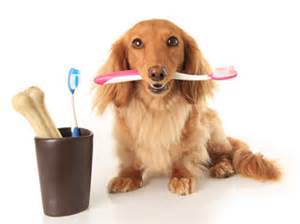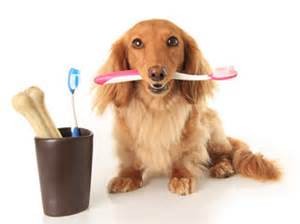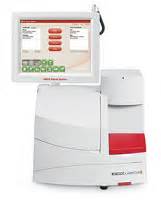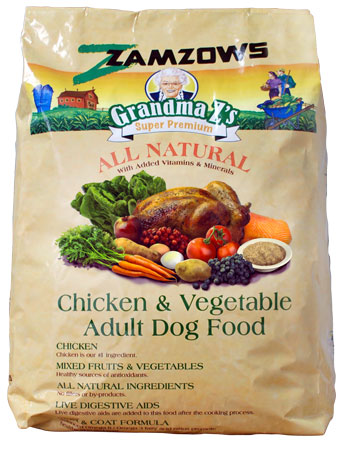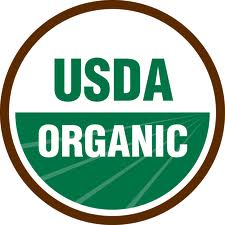Teeth brushing is the most effective way to prevent tartar on your pet’s teeth. Always use pet toothpaste; these products are made to be swallowed. Using human toothpaste can result in an upset stomach. Pet toothpastes are also specially flavored and contain enzymes that inhibit plaque.
Tooth brushing 101
Start by choosing a time when you won’t need to rush. By using a relaxed, calm attitude your pet will be much more likely to cooperate. You will need a brush, finger brushes or long handled both work well. It is best to get your dog used to handling their mouth before you jump right into brushing. Do this by first gently rubbing your fingers over the pet’s teeth, then immediately give a treat. Your dog should quickly realize that whenever the mouth is touched he will get a treat. This step may take minutes or days. After your dog is comfortable with your fingers going over the teeth start getting him used to the toothbrush. Begin by putting a flavored paste on the brush and let your dog lick it off. After a few times, if he seems to not mind the brush, gently rub the large teeth towards the back of the mouth. Continue this step until your pet is comfortable letting you brush all the teeth. Most attention should be given to he outside of the teeth. Dogs naturally have a fairly small amount of tartar on the inside of their teeth.
Quick tips
- Start young, a puppy that is handled a lot when small will have no problem later in life with teeth brushing.
- Go at your own pace, if your pet is scared at any point back off and start again later.
- It is best to brush everyday, but do as often as your schedule allows. Try to make is a daily routine, a quick teeth brushing only takes a few minutes.
